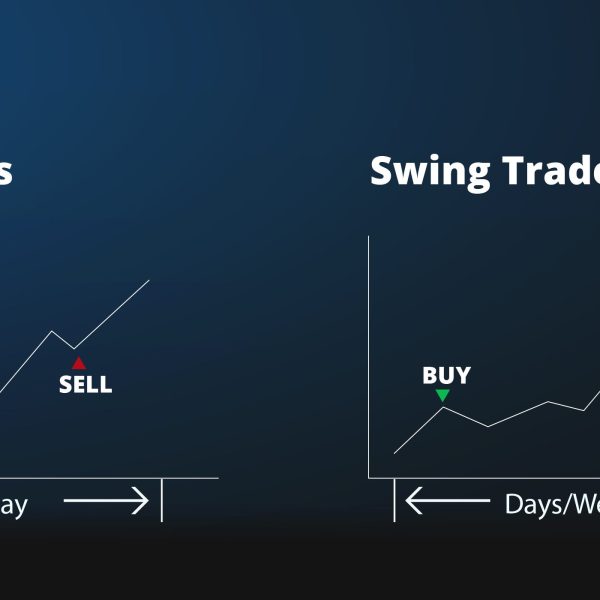Celo is a blockchain that uses its user-friendly experience to bring cryptocurrencies directly to your phone. Many people have smartphones and many of them use apps like Venmo and Cash App as their digital wallet to easily send money to friends and other users. But these applications are centralized organizations that have a lot of power over your account and transaction restrictions.
You can also read: Raydium (RAY) Is A Decentralized Automated Market Maker
The advantage of using these programs is that they are very simple. Venmo, for example, can be set up quickly without having to connect to your bank account before using it. In many ways, Celo is trying to satisfy the same market while at the same time bringing all the benefits of digital currency to ordinary smartphone users.

What is a Celo?
Celo uses your phone number as the public key of your wallet to make it easy to send money to your phone contacts. There are billions of smartphone users around the world, but only a small fraction of these people use encryption.
In many countries, personal banking and financial opportunities are unreliable or even non-existent. Celo is a Chinese blockchain that hosts smart contracts and decentralized applications that allow its users to access decentralized financial facilities (DeFi) and unreliable transactions.
The platform uses native Celo tokens for network electricity costs and the ruling Celo protocol. One of Celo’s previous proposals, which was implemented, was carbon offsets to turn its stock proof network into China’s first carbon-free blockchain.
History of Celo
By 2025, there will be more than seven billion smartphone subscribers, but there are currently less than 0.1 billion digital currency users. According to the Celo Foundation, usability and price stability are still the two main factors hindering the acceptance of digital currencies. The purpose of Celo Mobile’s first approach is to fill this gap.
Key technology innovations to encourage adoption are:
- Fast and light transactions (block headers optimized for fast mobile syncing).
- Ability to send currency to phone number (Lightweight identity protocol that maps phone number hashes to public keys – makes sending and receiving digital currencies easier for anyone in the world for anyone with a mobile phone)
- Automatic deduction of transaction costs and the possibility of paying gas (up to $ 0.01) in fixed currencies.
- Stable coins, starting with CUSD, are backed by decentralized storage to help maintain stability, transparency and audibility.
How does Celo work?
The Celo network relies on three partners to help run its platform:
- Light Clients – Celo network applications that run on the user’s mobile devices, such as the Celo mobile wallet.
- Validation nodes – Computers that participate in the Celo consensus mechanism approve transactions and generate new blocks.
- Full Nodes – Computers that act as a bridge between authentication nodes and mobile wallets receive light customer requests and send transactions to authentication nodes.
Significantly, the Celo system requires validation nodes to be voted on by CELO token holders.
Byzantine fault tolerance (BFT)
Central to Celo is a stock proof governance mechanism called Byzantine Error Tolerance (BFT) that keeps a distributed network of computers in sync.
In order to strengthen the credentials of the Chinese bloc and vote on changes, they must first share at least 10,000 CELO tokens, meaning that anyone with a CELO can help set up the network.
Currently, there are only 100 validation nodes at a time that are voted on by full nodes, and each node is subsequently rewarded with a portion of the block reward for transaction validation. Complete nodes receive their reward from the costs paid by light customers.
cUSD
One of the key features of Celo is its ability to deploy stable coins, such as cUSD, which provides the efficiency and transparency of cryptocurrency transactions while relieving fluctuations in these assets. Celo automatically guarantees that the value of each CUSD is equivalent to one US dollar using what they call a program reserve, an additional collateral reserve consisting of CELO and other digital currencies, such as Bitcoin (BTC) or Ethereum (ETH). This means that CUSD can be sold at a value equivalent to CELO and vice versa.
In the future, Celo intends to allow CELO holders to propose and vote to establish stable coins that reflect the value of other national currencies, such as the euro or the yen.
What makes a Celo unique?
The Celo platform allows the use of stable coins. Stable coins are still relatively new in the world of digital currencies, and some expect them to become the most popular digital payment method after Diem launches. But that’s not the only thing that makes it different. Here are three other unique aspects of a coin that you may not have known.











